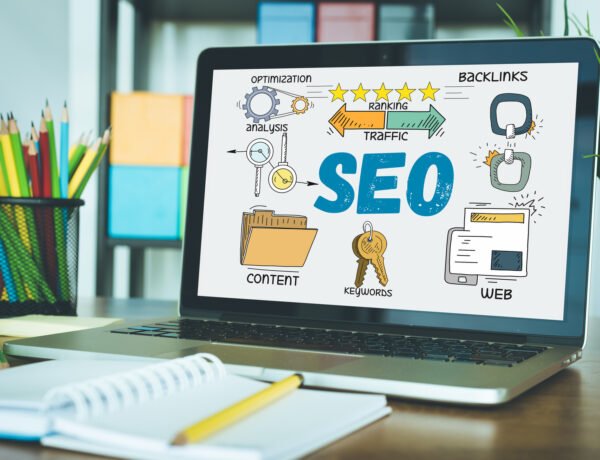In today’s world, sustainability has become a crucial aspect of business operations. As consumers become more conscious of their environmental impact, they are increasingly demanding products and services from companies that prioritize sustainability. One area where businesses can make a significant impact is in their supply chain. By building a sustainable supply chain, companies can not only reduce their environmental footprint but also improve their reputation and attract environmentally conscious customers.
What is a sustainable supply chain?
A sustainable supply chain refers to the process of integrating environmentally friendly practices into every stage of the supply chain, from sourcing raw materials to delivering the final product to the customer. It involves considering the environmental, social, and economic impacts of each step and finding ways to minimize negative effects.
Benefits of a sustainable supply chain
Implementing a sustainable supply chain can bring numerous benefits to your business:
- Reduced environmental impact: By using eco-friendly materials, optimizing transportation routes, and minimizing waste, you can significantly reduce your carbon footprint and contribute to a healthier planet.
- Cost savings: Sustainable practices often lead to cost savings in the long run. For example, energy-efficient manufacturing processes can reduce utility bills, while waste reduction can lower disposal costs.
- Enhanced reputation: Consumers are increasingly concerned about the environmental and social impact of the products they purchase. By demonstrating your commitment to sustainability, you can build a positive reputation and attract environmentally conscious customers.
- Resilience: A sustainable supply chain is often more resilient to disruptions. By diversifying suppliers and considering potential risks, such as climate change or resource scarcity, you can better prepare your business for future challenges.
Steps to build a sustainable supply chain
Building a sustainable supply chain requires a systematic approach. Here are some steps to get you started:
- Evaluate your current supply chain: Assess your existing supply chain to identify areas where sustainability improvements can be made. This includes evaluating suppliers, transportation methods, packaging materials, and waste management processes.
- Set sustainability goals: Define clear and measurable sustainability goals that align with your business values. These goals can include reducing carbon emissions, increasing the use of renewable materials, or improving social working conditions.
- Engage suppliers: Collaborate with your suppliers to ensure they share your commitment to sustainability. Encourage them to adopt eco-friendly practices and provide support and resources to help them make the necessary changes.
- Optimize transportation: Look for opportunities to reduce transportation-related emissions by optimizing routes, using alternative fuels, or consolidating shipments. Consider partnering with logistics providers that prioritize sustainability.
- Reduce waste: Implement waste reduction strategies such as recycling, reusing materials, and minimizing packaging. Encourage suppliers to adopt circular economy principles and explore innovative ways to reduce waste throughout the supply chain.
- Monitor and measure: Regularly track and monitor your sustainability performance. Use key performance indicators (KPIs) to measure progress towards your goals and identify areas for improvement.
Collaboration and transparency
Building a sustainable supply chain requires collaboration and transparency. Engage with your suppliers, customers, and other stakeholders to share your sustainability efforts and learn from their experiences. Consider joining industry initiatives or certifications that promote sustainable practices, as they can provide guidance and credibility to your sustainability claims.
Remember, building a sustainable supply chain is an ongoing process. Continuously evaluate and improve your practices to stay ahead of evolving sustainability trends and customer expectations.
By building a sustainable supply chain, your business can not only contribute to a greener future but also gain a competitive advantage in the market. Embrace sustainability as a core value and make a positive impact on the environment while ensuring the long-term success of your business.



